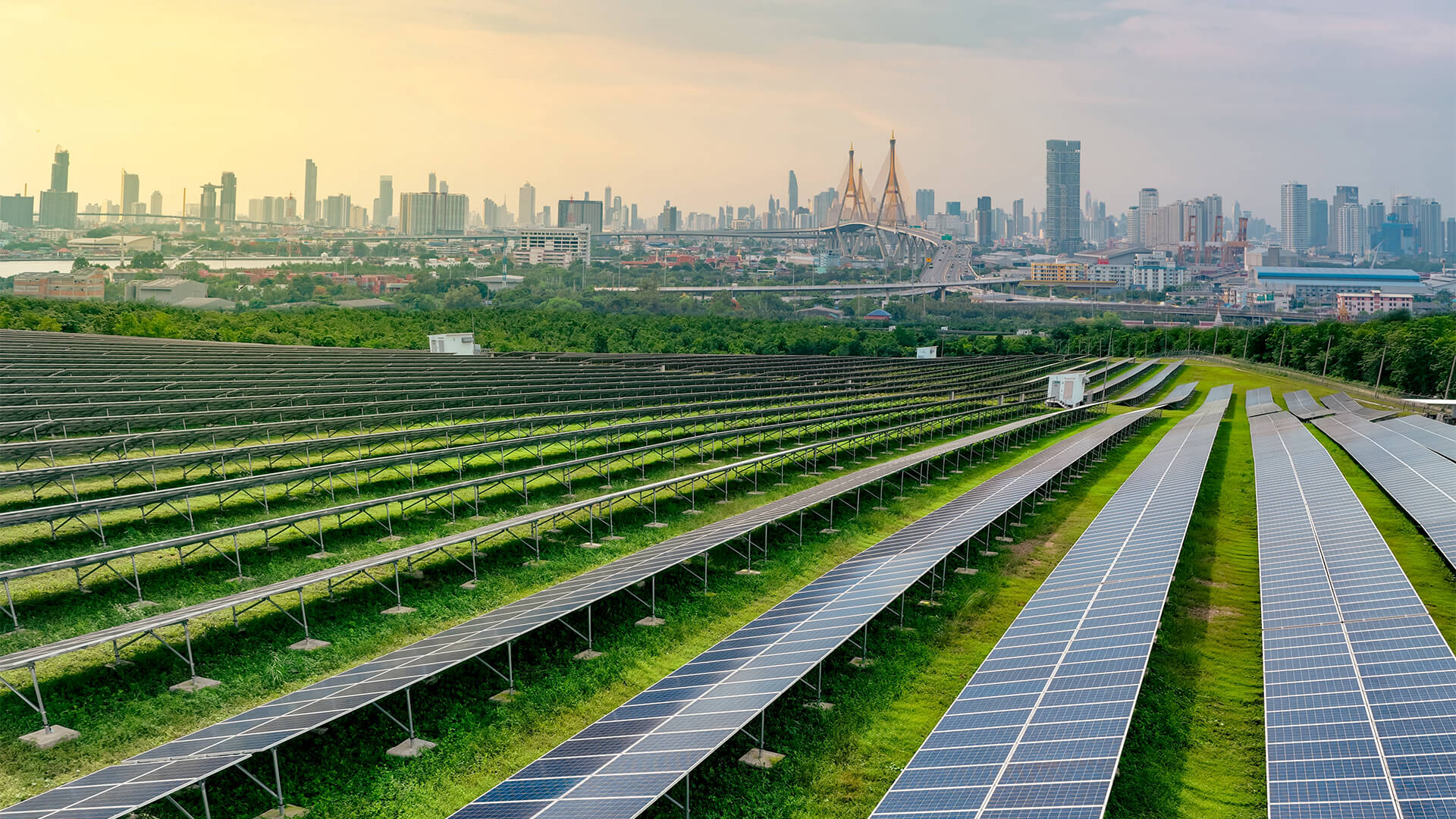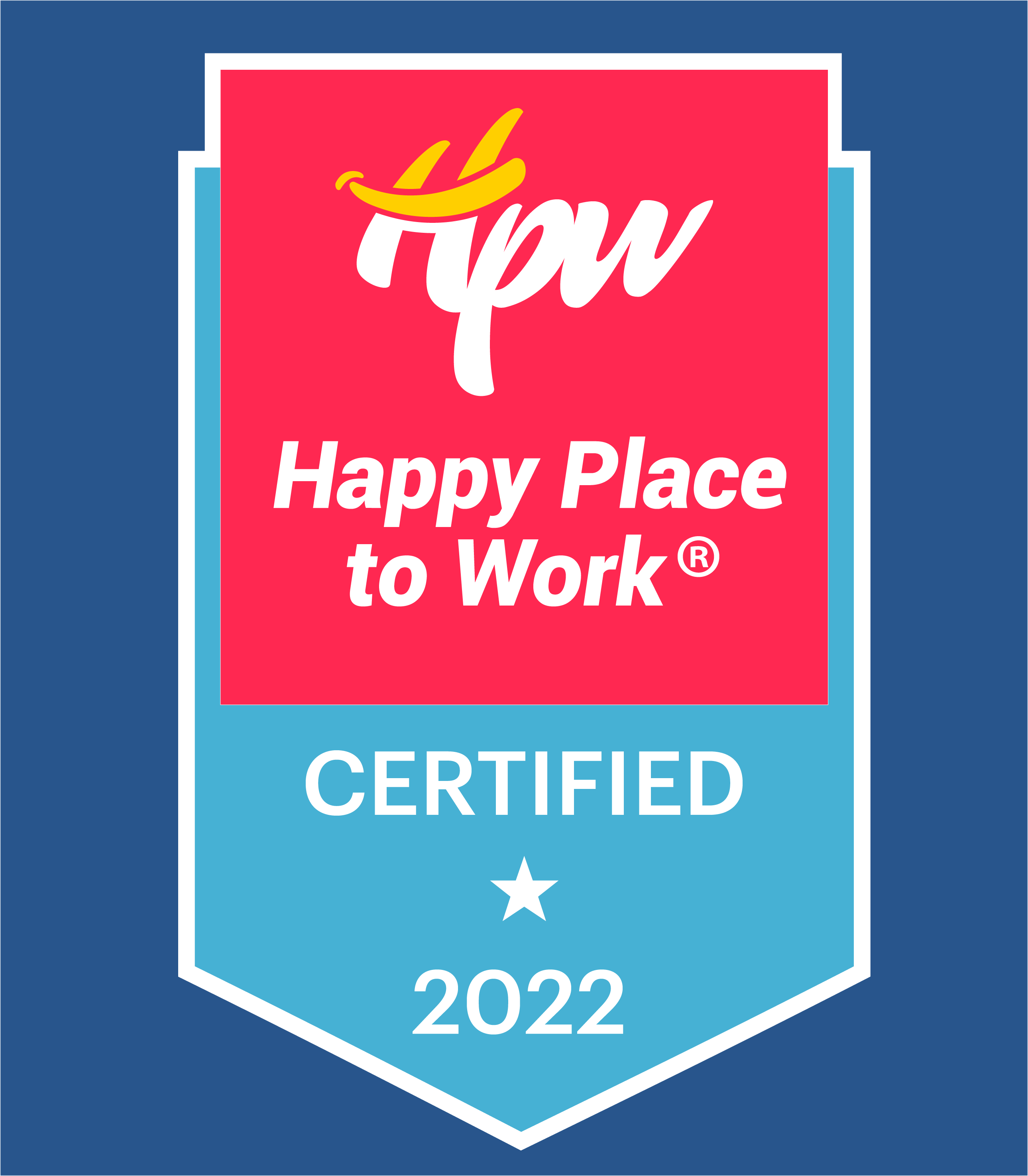Cities of Tomorrow: Can Green Infrastructure Make Harmonious Living with Nature Possible?
04 Ağustos 2025Climate change, rapid urbanization, and resource depletion increasingly demand that cities become more resilient and nature-aligned. At the heart of this transformation lies green infrastructure. So, what is green infrastructure, and can it truly make cities more livable and sustainable?
What Is Green Infrastructure?
Green infrastructure refers to the integration of natural ecosystems into urban planning. This includes parks, rain gardens, green roofs, permeable pavements, urban forests, and other elements that support the natural water cycle. These features not only enhance aesthetics but also provide functional benefits such as improving air quality, managing stormwater, mitigating urban heat island effect, and preserving biodiversity.
Green Infrastructure & Climate Change
Global warming makes cities increasingly fragile. Heatwaves, heavy rainstorms, and floods cause major damage, especially in areas with poor infrastructure. Here, nature-based solutions come into play. Green infrastructure helps reduce carbon emissions, as trees sequester CO₂, green roofs lower cooling demands, and permeable surfaces decrease flood risks. These applications are vital elements of climate adaptation strategies.
Recommendations for Municipalities
Local governments are key implementers of green infrastructure. Adopting this approach in urban planning brings long-term environmental and economic benefits. Key recommendations include:
- Increasing urban green area ratios through parks, green belts, and redesigned public spaces
- Managing rainwater with rain gardens and permeable paving
- Incentivizing green roof and wall installations in new buildings
- Establishing urban farming zones like community gardens and city orchards
Successful Cases from World Cities
Copenhagen: A global leader in sustainable urban planning, Copenhagen’s “Green Waterway” system diverts stormwater into park zones where it is stored and naturally filtered, while simultaneously providing community spaces.
New York City: Under its “Green Infrastructure Plan,” NYC has installed hundreds of miles of rain gardens, urban trees, and permeable sidewalks, alleviating pressure on sewer systems and reducing flood incidents.
Singapore: Singapore’s “Garden City” vision is evident in its vertical greenery and green skyscrapers—every new building is designed according to green infrastructure principles.
Economic & Social Impacts of Green Infrastructure
Green infrastructure benefits not just the environment but also the economy and society:
- Energy efficiency: green roofs reduce cooling energy needs
- Property value: residential areas blending with greenery tend to see price hikes
- Public health: access to green spaces supports mental wellness and promotes physical activity
- Employment: planning, constructing, and maintaining green infrastructure creates new job opportunities
What Should Cities of the Future Look Like?
We need cities that are not only technologically smart but also ecologically intelligent. Cities that reduce carbon footprint, use water and energy efficiently, and integrate nature into their urban fabric are no longer optional—they are essential.
This transformation requires action from all stakeholders: municipalities, private sector firms, architects, engineers, and citizens. Green infrastructure will remain one of our most powerful tools in achieving this shift.
Green infrastructure plays a central role in shaping the cities of tomorrow—comfortable, resilient, and in harmony with nature. It offers robust solutions across environmental, economic, and social dimensions, securing not only our present but future generations as well.
Biotrend Enerji takes pride in contributing to this shift, supporting eco-friendly urban projects and building greener, healthier cities.





